Mastigoteuthis agassizii
Michael Vecchione and Richard E. YoungIntroduction
M. agassizii is the type species of the genus (exerpts from the original description of M. agassizii and more can be seen here). This species may have two forms, a north temperate/boreal form and a tropical form but we cannot separate them with any certainty. The type locality of M. agassizii (ca 34°N) in warm temperate waters off the eastern U.S.A. is a region where the boreal and tropical forms of M. agassizii could overlap. Two other names are available for the temperate/boreal form if it proves to be distinct: M. grimaldii described by Joubin (1895) from a damaged 38 mm ML squid taken near the Azores at 39°43'N, 33°22'W (exerpts from the original description of M. grimaldii can be seen here), and M. schmidti described by Degner (1925) from a 46 mm squid in excellent condition taken from the Bay of Biscay at 46°30'N, 7°00'W (exerpts from the original description M. schmidti can be seen here). One name is available for the tropical form if it proves to be distinct: M. flammea described by Chun (1910) from two small squid (27 and 35 mm ML) captured in the eastern tropical Atlantic (0°25'N, 7°0'E and 1°14'N, 2°10'W), both of which had lost their tentacles. Exerpts from Chun's original description of M. flammea can be seen here.
Brief diagnosis:
A Mastigoteuthis with ...
- distribution in south temperate to boreal waters of the Atlantic.
- two primary rows of photophores on each arm IV.
Characteristics
The Temperate/Boreal Form
- Tentacles
- Tentacles of squid over 80 mm ML have not been seen.
Scanning electron micrographs of the arm and tentacle suckers can be seen here. - Tentacles of squid over 80 mm ML have not been seen.
- Head
- Beaks: Description of the beaks can be found here in 2D.
- Beaks: Descriptions of the beaks can be found here in 3D: Lower beak; upper beak.
- Funnel
- Funnel locking-apparatus often with small but distinct antitragus.
 Click on an image to view larger version & data in a new window
Click on an image to view larger version & data in a new window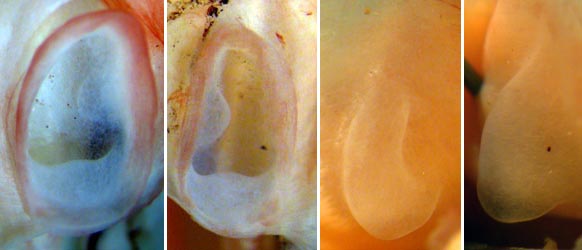
Figure. Funnel locking apparatus of the temperate/boreal form of M. agassizii, immature male, 62 mm ML, 52°45'N, 35°57'W. Left - Frontal view of the right funnel component. Left, middle - Frontal view of the left funnel component. Right, middle - Frontal view of the mantle component. Right - Side view of the mantle component. Photographs by R. Young.
- Photophores
- Arms IV with two rows of photophores as in the tropical form of the species.
- Typical integumental photophores present and associated with ringed chromatophores and white spheres as in all members of the genus.
 Click on an image to view larger version & data in a new window
Click on an image to view larger version & data in a new window
Figure. Ventral view of a portion of a damaged arm IV of the temperate/boreal form of the temperate/boreal form of M. agassizii. Same specimen as above. Photograph by R. Young.
Comments
The basis for separating M. agassizii into two forms rests on very weak evidence. No squid of 80 mm ML or larger with tentacles attached has been examined from high north temperate to boreal waters although broken-off tentacles found isolated in trawls appear to have come from large specimens yet lack the lateral pegs on the club suckers. The presence of a weak antitragus is much more common in north temperate/boreal specimens than in the tropical specimens where it is virtually absent. We also have a general impression that the integument and underlying connective tissue may be thicker in some boreal specimens but we have not been able to quantify this.
The Tropical Form
- Tentacles
- Largest suckers from squid of 70-80 mm ML or more with large lateral pegs in outer ring.
 Click on an image to view larger version & data in a new window
Click on an image to view larger version & data in a new window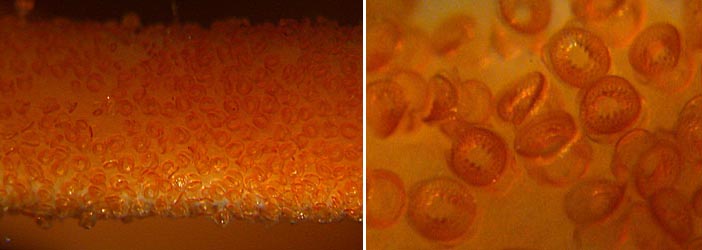
Figure. Oral views of a midportion of the club of the tropical form of M. agassizii, 79 mm ML, Gulf of Mexico. Left - Density of sucker packing in region of largest suckers. Right - High magnification of large suckers showing the enlarged lateral pegs are easily seen. Photographs by R. Young.
- Funnel
- Funnel locking-apparatus without an antitragus.
- Photophores
- Arms IV each with photophores primarily in two rows along proximal half or more of arm.
- Arms IV each with photophores primarily in two rows along proximal half or more of arm.
Comments
More information on the description of the tropical form of M. agassizii can be found here.
The above information is taken from specimens captured in the Gulf of Mexico. These near-tropical specimens seem to agree with specimens from more tropical waters that we have examined. These specimens, however, differ from Chun's original description of M. flammea from the tropics primarily in the greater number of teeth on the arm suckers, the absence of an antitragus and larger eyes. These differences, if real, are problematical unless they are size related or due to misinterpretation.
Molecular Characteristics
Limited molecular data is available for this species (see Mastigoteuthidae: Discussion of Phylogenetic Relationships).Distribution
Type locality: Off northeast coast of the United States at 33°25'N, 76°W and 34°28'N, 75°23'W.
References
Verrill, A.E. 1881a. Report on the Cephalopods, and on Some Additional Species Dredged by the U.S. Fish Commission Steamer "Fish Hawk", During the Season of 1880. Bulletin of the Museum of Comparative Zoology, 8(5):99-116.
Verrill, A.E. 1881b. The Cephalopods of the North-eastern Coast of America. Part II. The Smaller Cephalopods, Including the "Squids" and the Octopi, with Other Allied Forms. Transactions of the Connecticut Academy of Sciences, 5: 259-446.
Title Illustrations

About This Page

National Museum of Natural History, Washington, D. C. , USA

University of Hawaii, Honolulu, HI, USA
Page copyright © 2014 and
 Page: Tree of Life
Mastigoteuthis agassizii .
Authored by
Michael Vecchione and Richard E. Young.
The TEXT of this page is licensed under the
Creative Commons Attribution-NonCommercial License - Version 3.0. Note that images and other media
featured on this page are each governed by their own license, and they may or may not be available
for reuse. Click on an image or a media link to access the media data window, which provides the
relevant licensing information. For the general terms and conditions of ToL material reuse and
redistribution, please see the Tree of Life Copyright
Policies.
Page: Tree of Life
Mastigoteuthis agassizii .
Authored by
Michael Vecchione and Richard E. Young.
The TEXT of this page is licensed under the
Creative Commons Attribution-NonCommercial License - Version 3.0. Note that images and other media
featured on this page are each governed by their own license, and they may or may not be available
for reuse. Click on an image or a media link to access the media data window, which provides the
relevant licensing information. For the general terms and conditions of ToL material reuse and
redistribution, please see the Tree of Life Copyright
Policies.
- First online 15 July 2004
- Content changed 06 December 2014
Citing this page:
Vecchione, Michael and Richard E. Young. 2014. Mastigoteuthis agassizii . Version 06 December 2014. http://tolweb.org/Mastigoteuthis_agassizii/19508/2014.12.06 in The Tree of Life Web Project, http://tolweb.org/





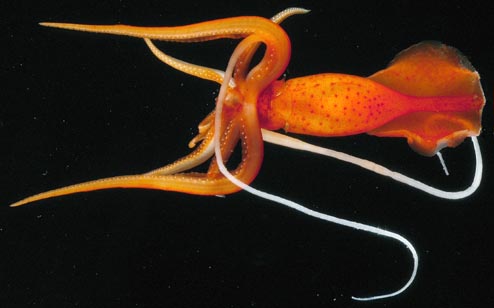
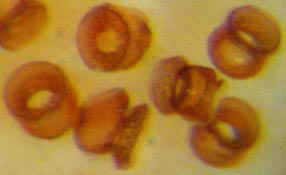
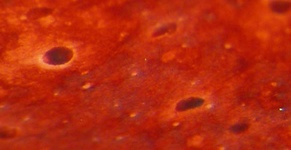
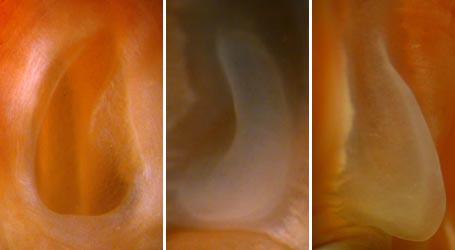




 Go to quick links
Go to quick search
Go to navigation for this section of the ToL site
Go to detailed links for the ToL site
Go to quick links
Go to quick search
Go to navigation for this section of the ToL site
Go to detailed links for the ToL site